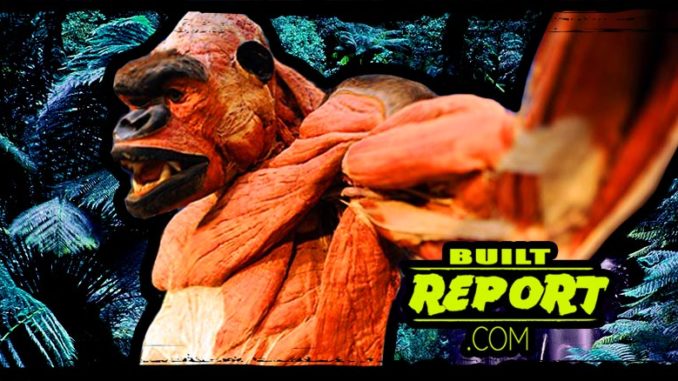
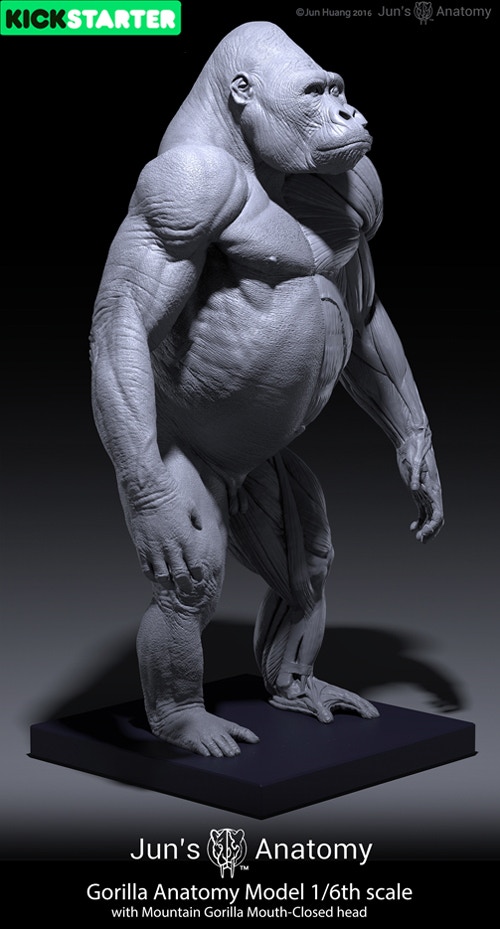
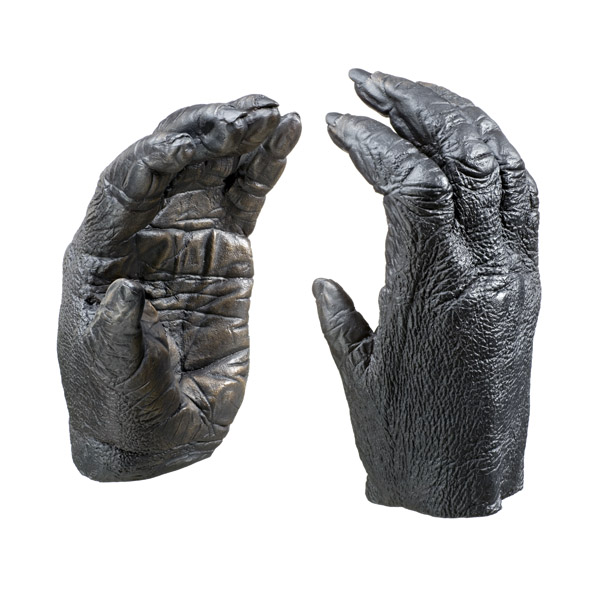
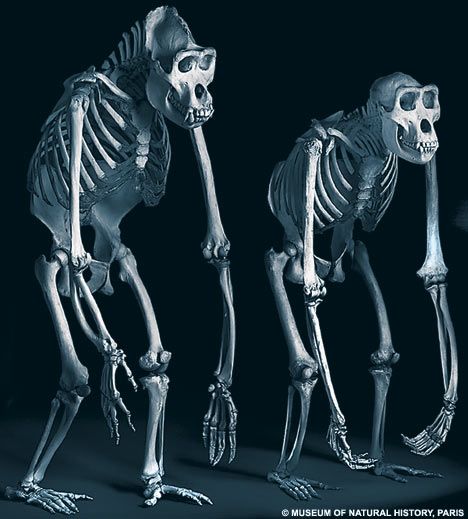
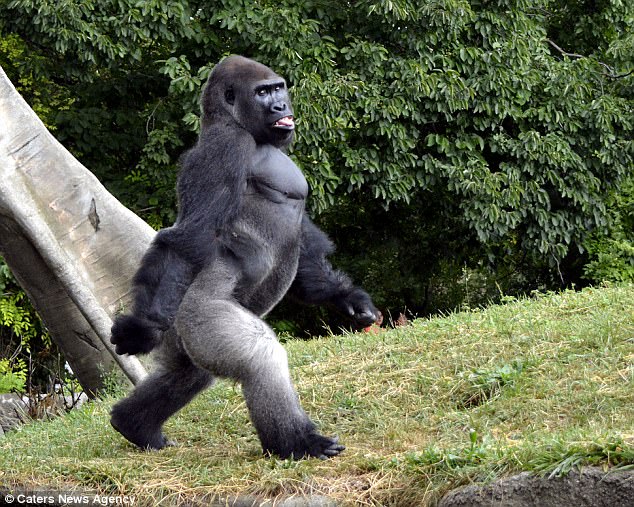
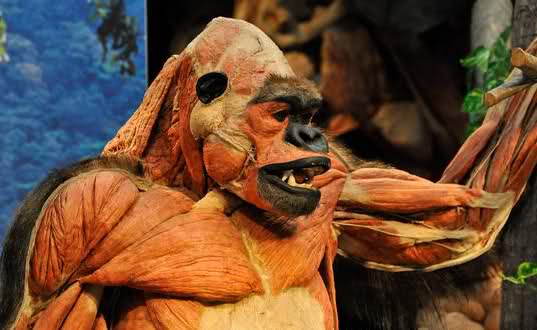
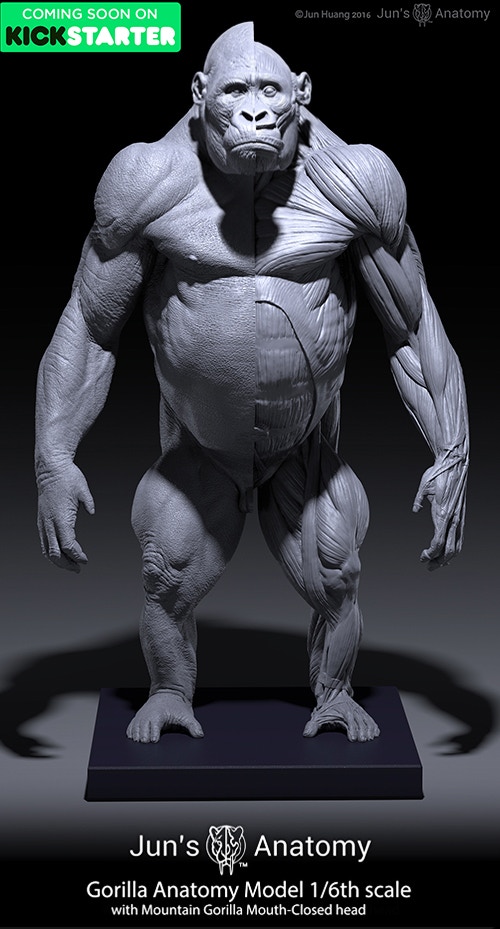
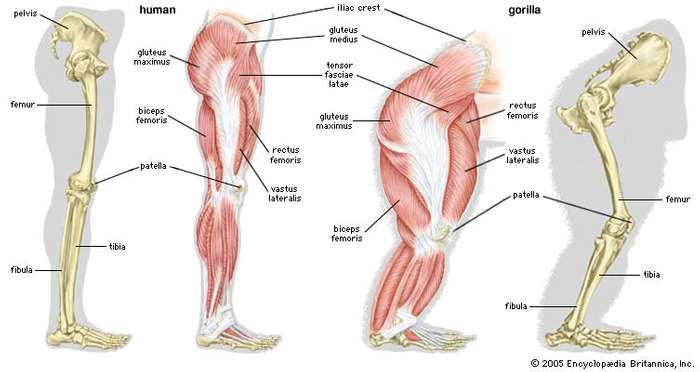
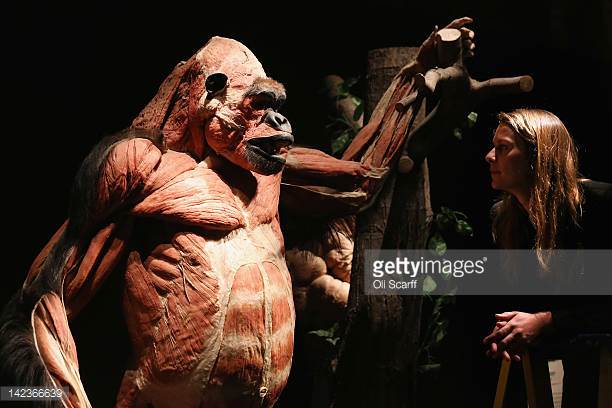
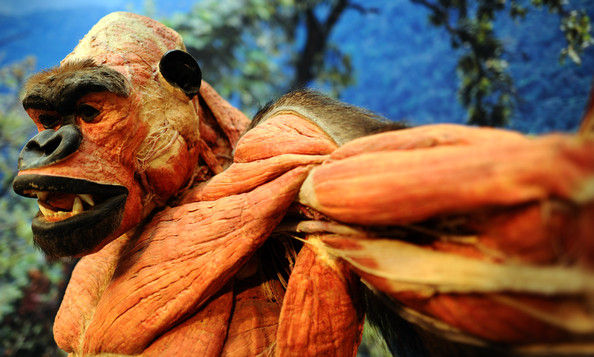
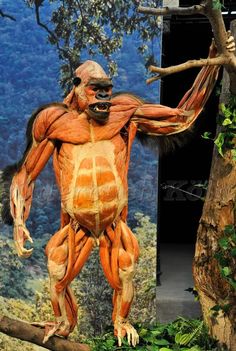

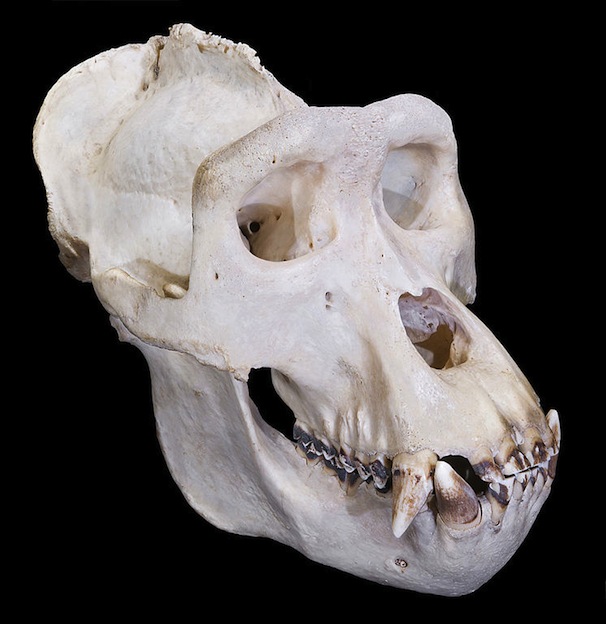
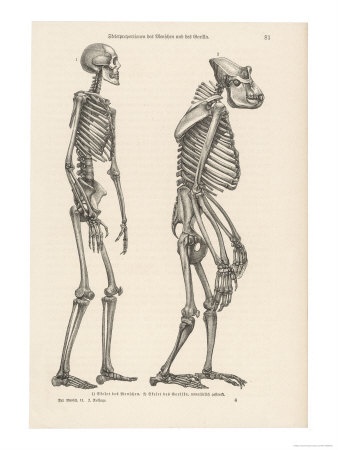
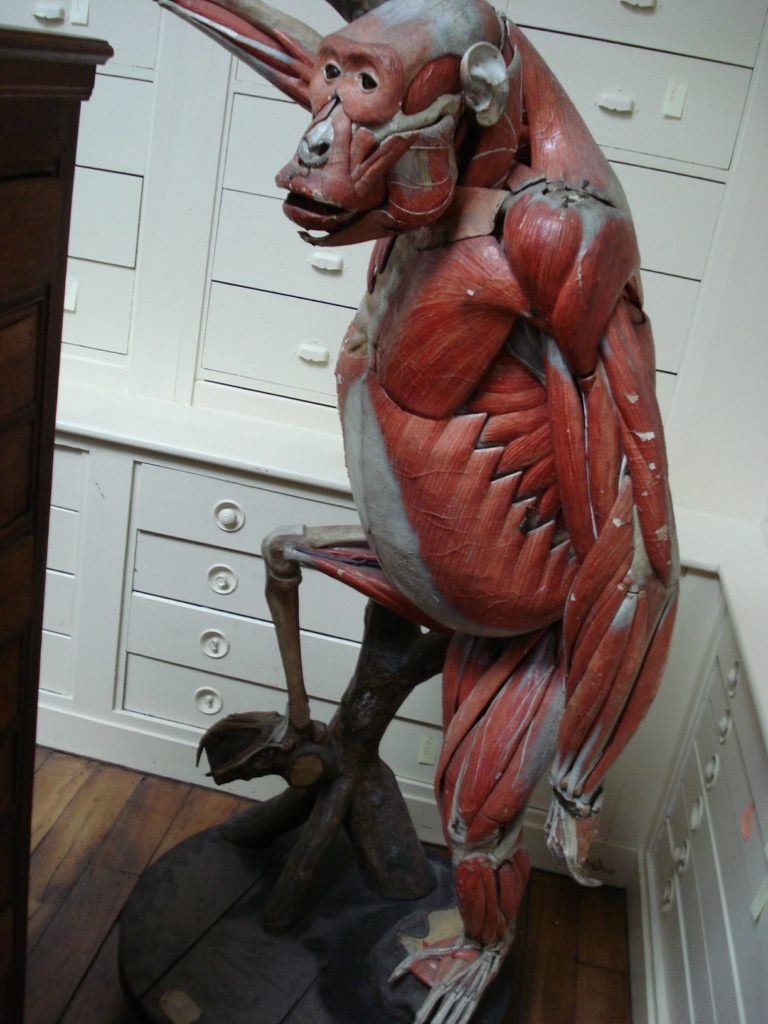
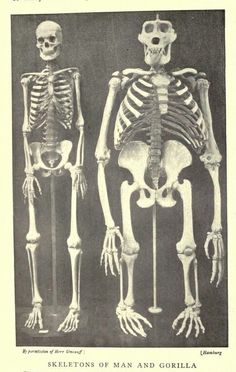

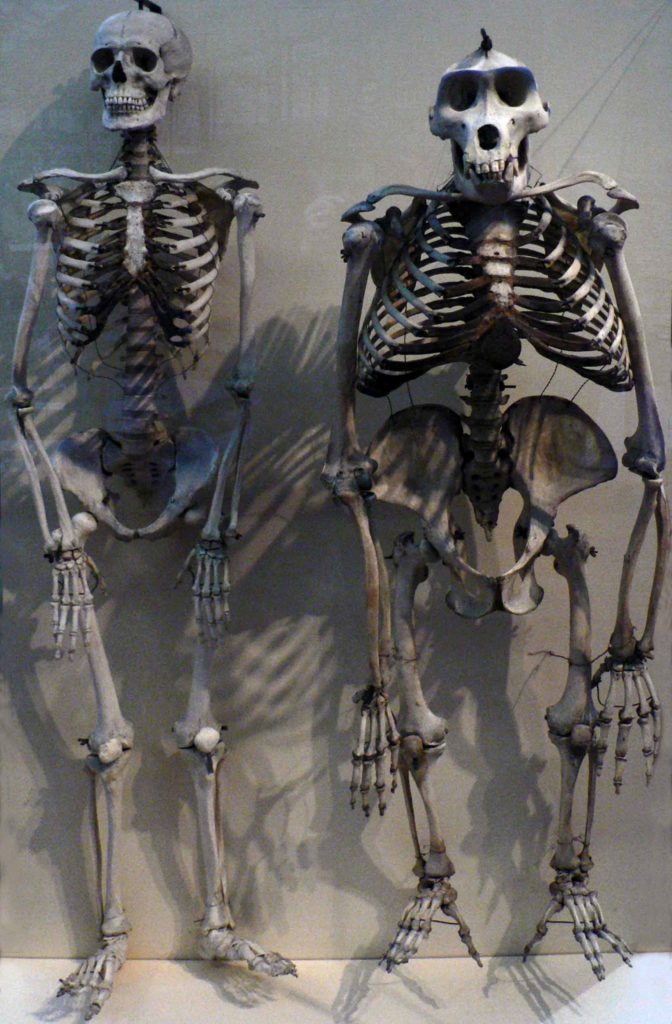
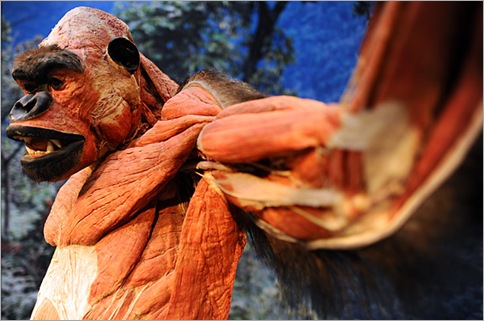
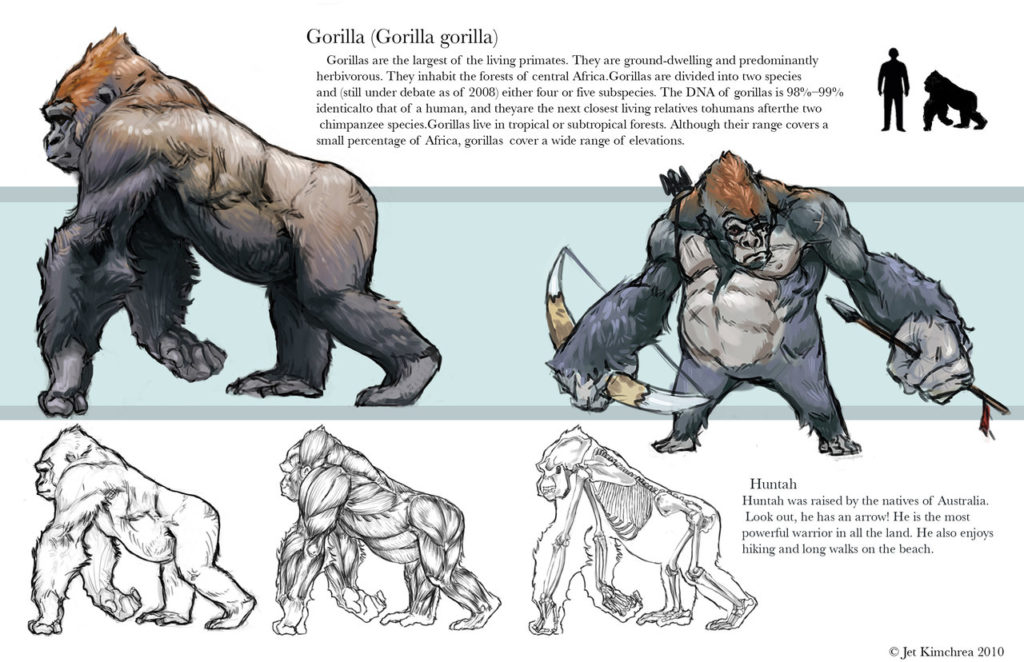
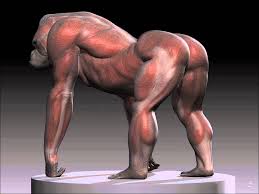
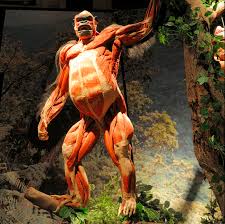
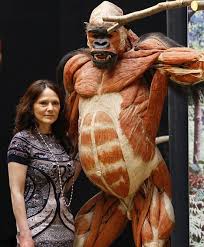
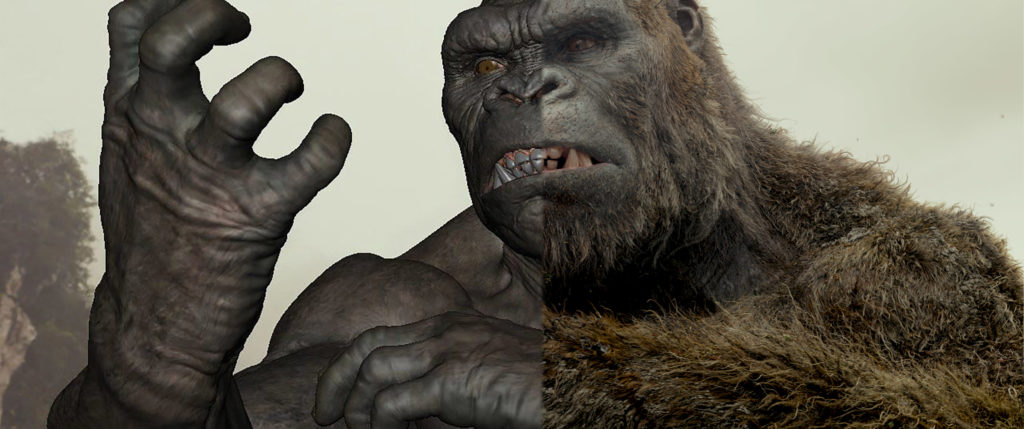
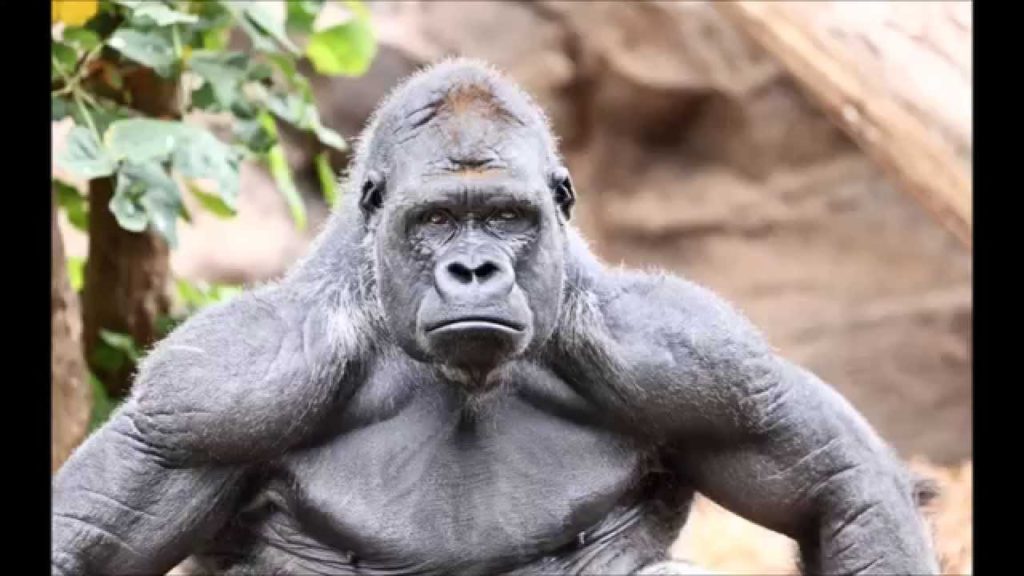
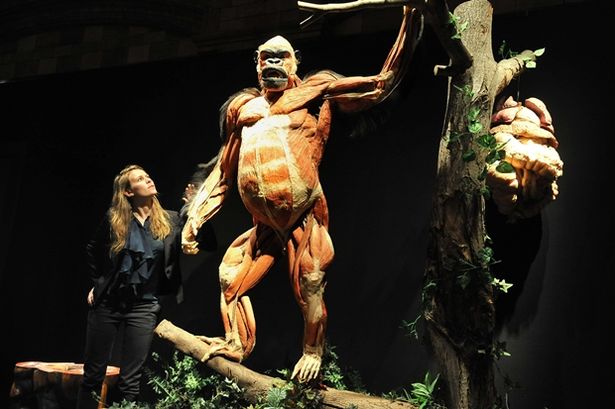
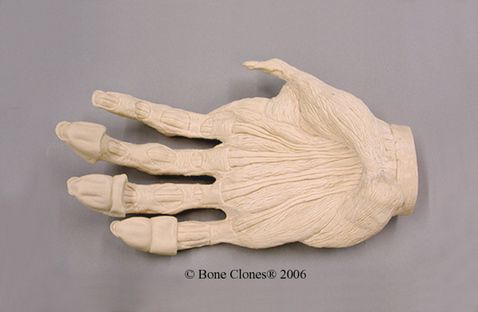
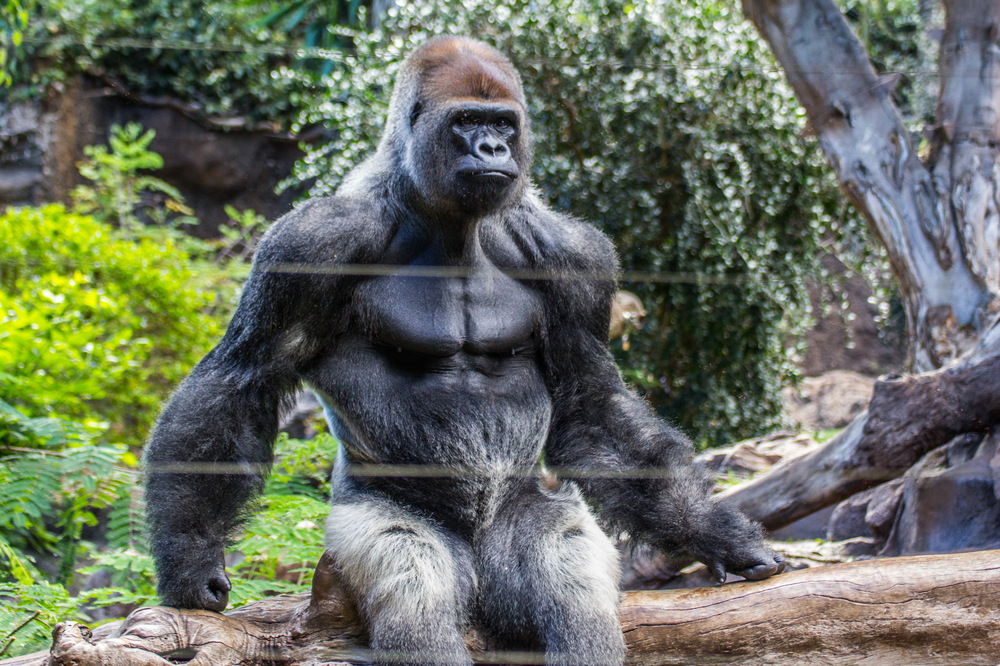
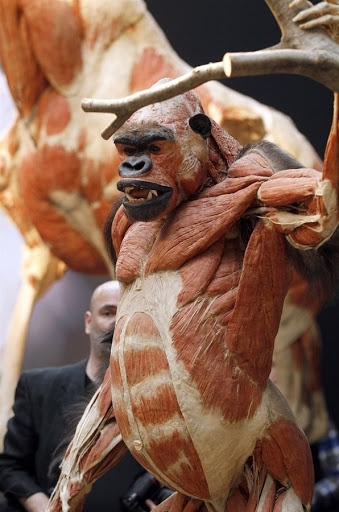
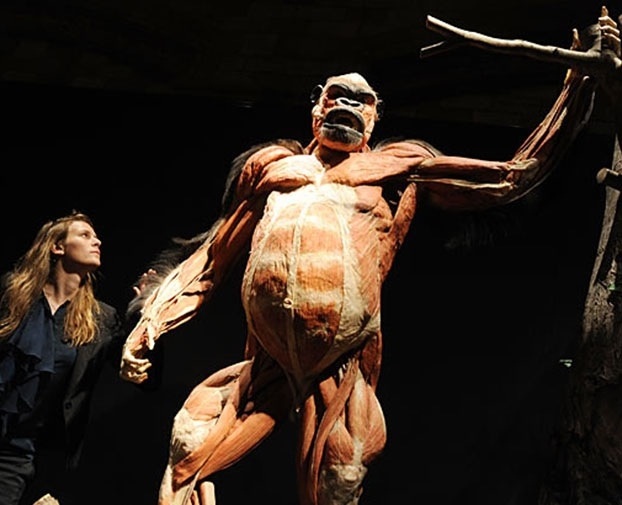

Gorilla Art Reference
The importance of accurate anatomical references for artists, especially when it comes to depictions of animals like gorillas, cannot be overstated. These references serve as the foundation for creating lifelike and convincing portrayals in various forms of visual art, such as paintings, sculptures, and digital renderings. When it comes to gorilla anatomy, experts play a pivotal role in ensuring that artists can achieve highly realistic and detailed representations. This is particularly crucial in the world of film and entertainment, as it directly impacts the quality of visual effects and the overall believability of on-screen gorilla characters.
The portrayal of gorillas in movies and television has a long and storied history. However, achieving authenticity and accuracy in these portrayals is a complex endeavor. Gorillas are incredibly complex creatures, both in terms of their physical anatomy and their behavior. To accurately represent them in artistic and cinematic works, artists often rely on expert knowledge and reference materials.
The work of expert gorilla-anatomy artists is not limited to just creating standalone artworks. They are frequently consulted as part of a larger team involved in the production of films, especially those featuring gorilla characters. Some of the most iconic movies that have featured gorilla characters include “Planet of the Apes,” “Kong: Skull Island,” and “Rampage.” These films required highly detailed, realistic, and lifelike representations of gorillas and other apes.
For instance, in “Planet of the Apes,” the success of the film hinged on the ability of the visual effects team to create convincing ape characters, including gorillas. Expert gorilla-anatomy artists likely contributed to the development of accurate 3D models, which served as references for the digital artists responsible for bringing the apes to life on screen. This level of attention to anatomical detail is what allowed the audience to connect with and believe in the existence of these fictional ape characters in a dystopian world.
“Kong: Skull Island” and “Rampage” also relied on the expertise of artists who understood gorilla anatomy. In these films, gorillas were depicted in larger-than-life and, in the case of “Rampage,” even genetically modified forms. To make these creatures appear authentic, artists needed to have an in-depth understanding of gorilla anatomy. This knowledge enabled them to create designs and animations that were not only visually striking but also biologically plausible.
The collaboration between expert gorilla-anatomy artists and filmmakers is a testament to the interdisciplinary nature of modern filmmaking. It is through this partnership that audiences are able to witness the seamless integration of art, science, and technology to create compelling and realistic visual experiences.
In conclusion, the contributions of expert gorilla-anatomy artists to the world of visual art and cinema are invaluable. Their expertise ensures that artists and filmmakers have access to accurate anatomical references, enabling them to create lifelike and convincing portrayals of gorillas in various artistic and cinematic works. The quality and authenticity of gorilla characters in films like “Planet of the Apes,” “Kong: Skull Island,” and “Rampage” are a testament to the importance of accurate anatomical knowledge in the world of entertainment. These collaborations demonstrate how the fusion of art and science can result in captivating and believable on-screen experiences for audiences.
Gorilla Physical Characteristics
Gorillas, our closest living relatives in the animal kingdom, are fascinating creatures with unique characteristics and physical attributes that set them apart. Understanding their anatomy and behavior is crucial in appreciating their place in the natural world. Let’s delve into the details of gorilla anatomy and behavior.
Locomotion:
Gorillas are known for their distinctive mode of movement, primarily using a form of locomotion known as knuckle-walking. This method involves walking on the knuckles of their hands while keeping their fingers curled. This adaptation allows gorillas to move efficiently on the forest floor, supporting their massive body weight.
However, it’s worth noting that gorillas can also walk bipedally, on two legs, for short distances. This behavior is typically observed when they are carrying food, moving in a defensive posture, or crossing shallow water. While they are not as proficient at bipedal walking as humans, it showcases their adaptability and versatility in different situations.
Physical Characteristics:
Gorillas exhibit significant sexual dimorphism, with distinct differences in size and appearance between males and females. Adult male gorillas, often referred to as “silverbacks,” are larger and more robust than adult females. They typically weigh between 135 to 195 kilograms (300 to 430 pounds). On the other hand, adult females are relatively smaller, weighing approximately 70 to 115 kilograms (150 to 250 pounds).
In terms of height, adult male gorillas stand at an average height of 1.5 to 1.8 meters (4 feet 11 inches to 5 feet 11 inches). Their arm span, which extends from fingertip to fingertip, ranges from 2.3 to 2.6 meters (7 feet 7 inches to 8 feet 6 inches). Female gorillas are shorter than males, with correspondingly smaller arm spans.
One of the distinctive features of adult male gorillas is their silver hair on their backs, extending to their hips. This characteristic is what gives them the moniker “silverbacks.” The silver coloration is associated with maturity and plays a role in signaling dominance within the group. It’s also worth noting that while the silverback males are the leaders of the group, they are not necessarily the oldest members.
Record-Breaking Gorillas:
Gorillas can exhibit remarkable physical variations, as evidenced by some record-breaking individuals. The tallest recorded gorilla stood at an impressive 1.95 meters (6 feet 5 inches), with an arm span of 2.7 meters (8 feet 10 inches), a chest measuring 1.98 meters (6 feet 6 inches), and a weight of 219 kilograms (483 pounds). This remarkable specimen was shot in Alimbongo, northern Kivu in May 1938.
Conversely, the heaviest recorded gorilla weighed a staggering 267 kilograms (589 pounds). This gorilla stood at 1.83 meters (6 feet 0 inches) and was shot in Ambam, Cameroon. These exceptional measurements demonstrate the incredible diversity within the gorilla population.
In captivity, gorillas have been known to reach even greater weights, with some males weighing up to 275 kilograms (606 pounds). This increased weight can be attributed to the availability of a consistent food source and the absence of the physical demands of the wild.
Facial and Cranial Features:
Gorilla facial structure is characterized by mandibular prognathism, meaning that the mandible, or lower jaw, protrudes farther forward than the maxilla, or upper jaw. This feature contributes to their distinct facial appearance. Additionally, adult male gorillas develop a prominent sagittal crest, which is a bony ridge on the top of their skull. The sagittal crest provides attachment points for powerful jaw muscles, reflecting their herbivorous diet and the need to consume fibrous vegetation.
In conclusion, gorilla anatomy and behavior are a testament to the remarkable diversity and adaptability of this species. Their knuckle-walking and occasional bipedalism, sexual dimorphism, striking physical characteristics, and unique facial and cranial features make them a captivating subject of study and observation in the world of primatology and animal behavior. These magnificent creatures, our distant relatives, continue to be a source of fascination and inspiration in the field of biology and conservation.
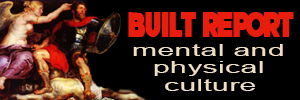

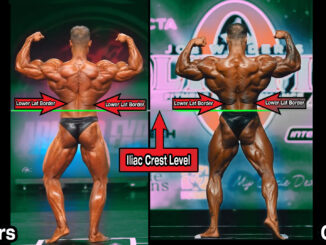
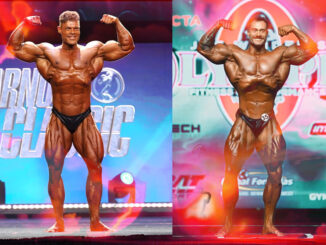
Be the first to comment